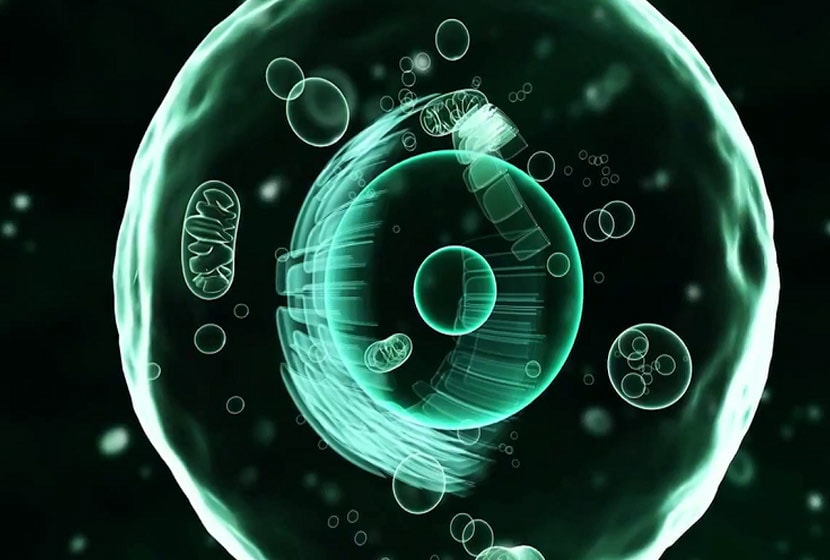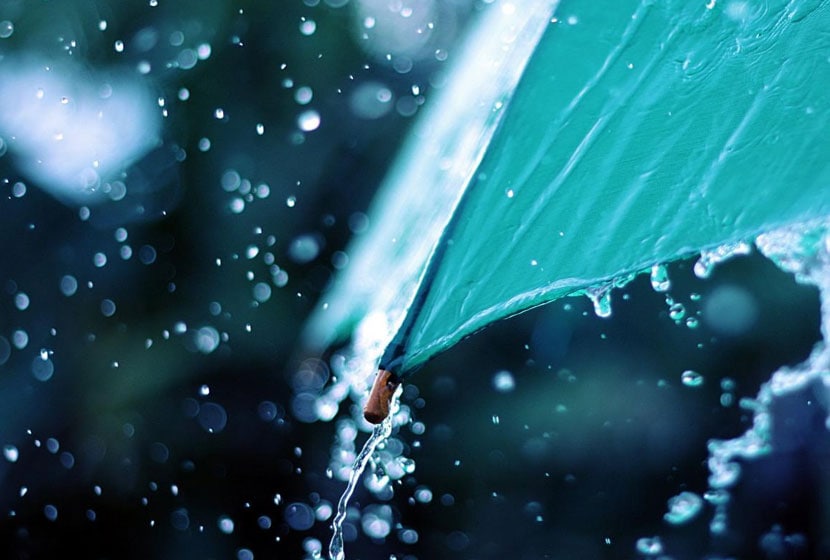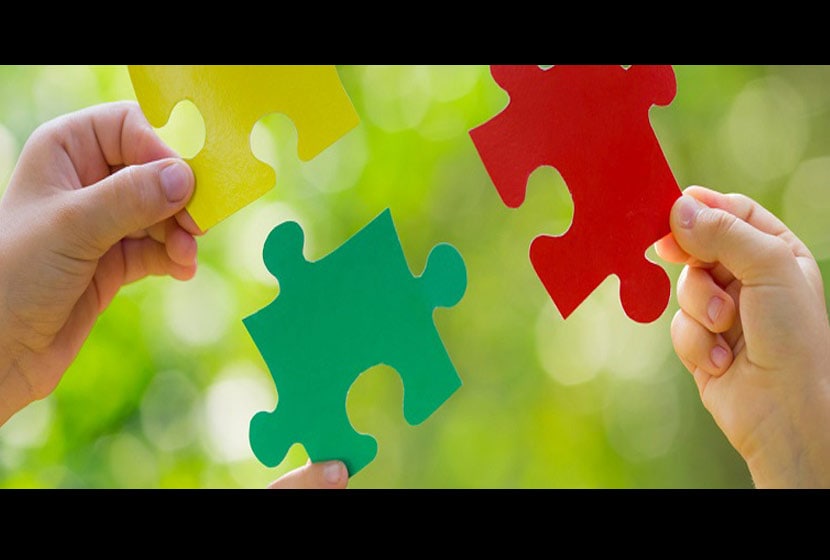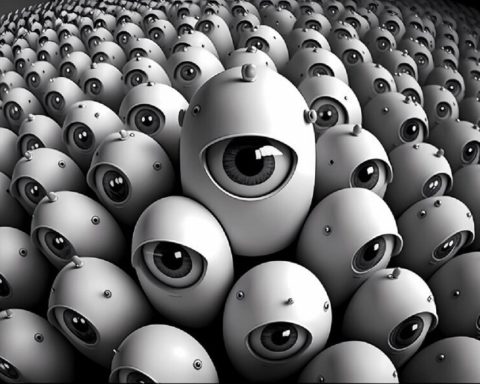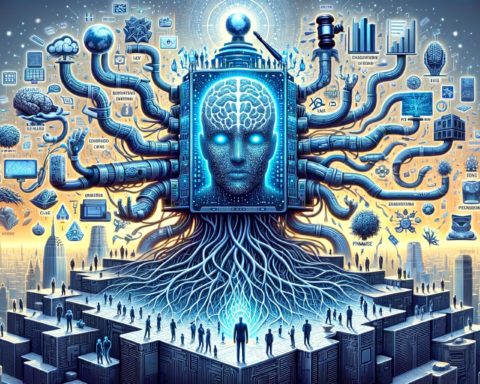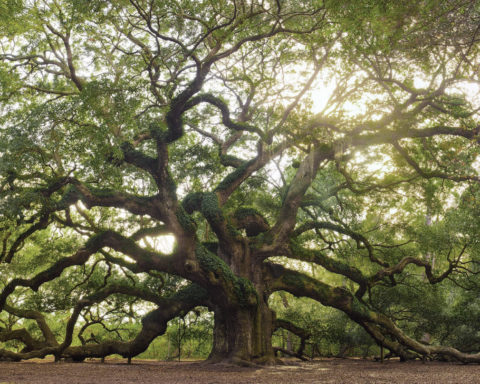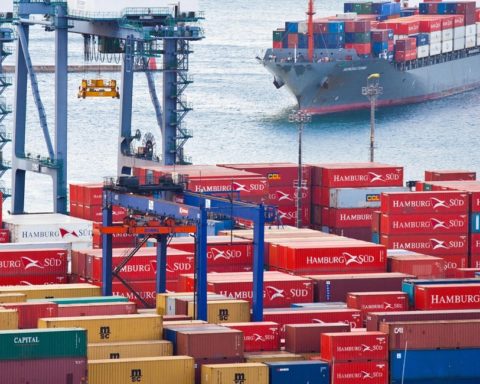Modernity wanted to tame nature and invented progress. The latter has brought us comfort and also the intensive exploitation of our terrestrial resources with the consequences of pollution and climate change that we know. What if the challenge of the 21st century was to reconnect with the living?
The majority of humanity lives in cities.
Ne are contemporaries of a discreet, overlooked revolution that has had a large impact on our modern societies and which could be summed up by the following observation. Before the 1914-18 conflict, our great grandparents, lived 80% in rural areas and 20% in urban areas. Today, it is the opposite.
In Europe, and in most of the so-called "developed" countries, the population lives 80% in urban areas and 20% in rural areas, often in urban mode.
A change that represents a radical upheaval, in the organisation of our societies, but also and above all, in our relationship to the world and to life. Materialized by the disappearance of a simple letter, which made us pass from man IS nature to man AND nature; man's fragile relationship with nature is broken. A rupture that leads our modern societies, and the humans that animate it, to develop outside the soil, outside the living, or even against it, capable of anthropogenesis, that is, in a position to influence the conditions and framework of its survival.
We live at the rhythm of the machines
One of the consequences is that we are cut off from the rhythms of life that we knew with the proximity of nature. In a concrete environment, asphalt has replaced earth to prevent us from walking in the mud. And the abundant grasses, as last spring with the heavy rains, are quickly cut off from the edges of the trees on the sidewalks. Nothing should stick out.
The city is the world of "grey" and the rhythm of machines: subways, cars, buses, trams, screens, tablets, wifis are omnipresent. And we have not taken the measure of the fact that we are absorbed by the rhythm of computer bits. The accelerations perceived in our daily lives and so difficult to live with in companies (between constant staff reductions and machines replacing human beings to achieve productivity gains and reduce costs) are due to the fact that we are absorbed by the speed of bandwidths. We don't realize that we too are going to live on the tempo of 4G which, as Matrix illustrated, is composed of "0" and "1".
But we are not made of digital material. And precisely because our organic nature lives on other modalities, that's why a good part of the R&D departments dream of complementing our human nature, which can no longer keep up with the digital speed.
Renewed interest in the living
Yet life inspires technology. Green" inspires "grey". Thus, biomimicry makes it possible, in particular, to develop lThe circular economy, to help reduce energy consumption, optimize materials, maximize material conductivity, reduce energy losses, integrate nature into cities and much more.
The reduction of raw material reserves, particularly fossil fuels, has led us to renewable energies and the search for ways to optimize energy use. This has led biologists to highlight the treasures of sustainability of living things. Life has demonstrated its ability to survive and adapt for more than 3.8 billion years on earth. Having tamed it, we are now looking at it with renewed interest: it could teach us lessons on how to survive our excesses and the devastating climatic consequences for all the kingdoms of life.
How can we city dwellers reconnect with the living?
How can we renew an alliance with this living thing that carries us and makes us live? Understanding that it is our future is one thing, but how do we recreate the link with this essence that we have lost? Our modern societies are destitute and this is why there is a real craze to meet the root peoples, having the intuition, sometimes exotic, that they hold the keys that we have lost with civilization.
Indeed, these first societies, indigenous people, have never broken their alliance with nature, and this alliance maintained over the millennia can today help us both to regain a sense of meaning in life, which many city dwellers feel they have lost, and by showing us how to deal with the living to remain perennial.
It is from nature that root societies draw their values, operating and organizational principles. In their diversity, they represent the ultimate counterpoints to our modern civilizations. They offer us the opportunity to broaden our gaze, to try to distinguish in the horizon, other forms of understanding of life and the world.
"There are so many houses, cars, roads and noises in your house. Who can still hear anything? » Mamu Miguel DINGULA (Colombian Kogi shaman).
Dreaming of eco-modernity
Returning to the paths of the living, then choosing to work together to try to explore new paths, means having the audacity of the possible, dreaming together of an "eco-modernity", i.e. a modernity that would allow itself to be reinvested by the forces of life. Like those blades of grass that pierce through the hardest concrete, it means (re)finding a right place "with" life, and no longer "against" it.
The mutation would then consist in recreating a relationship, a connection to oneself, to the other and to the living in order to search for ways of living in a tense context of cascading crises illuminating a finite paradigm. Reconciling with the living is to find a harmony that will invite us to rethink the project of our humanity, both urban and human. It means opening the door to grey AND green, technological AND organic innovations. Let's remember the words of Antoine de Saint-Exupéry: "The future, you don't have to foresee it, you have to allow it. » Let us conceive it with all the reigns of the living!
Christine Marsan and Eric Julien
![]()
– Book "Making the living? »by Pierre-Henri Gouyon and Miguel Benasayag - Ed. La découverte. 2012. What life sciences teach us to think about the challenges of our time.
– Book "Commitment in a Dark Era" by Miguel Benasayag and Angélique Del Rey - Stowaway Ed - 2011
– Lectures " Les Assises du vivant " - UNESCO, Dec 2013

